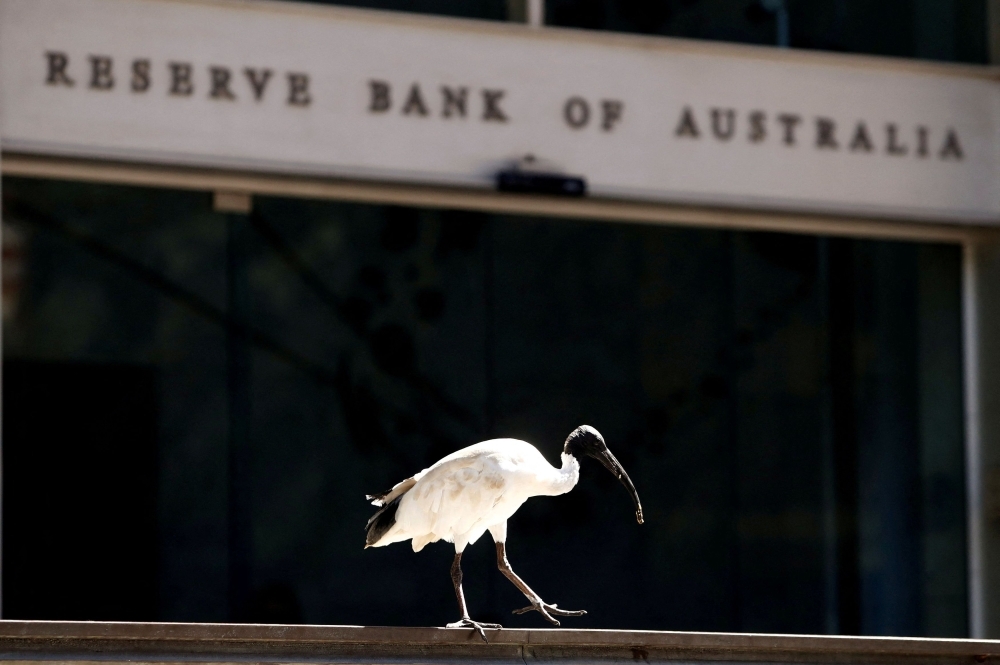Australia Cuts Interest Rates for the First Time in Over Four Years Amid Global Economic Uncertainty
February 18 – Australia’s central bank has slashed interest rates for the first time in more than four years, signaling a cautious approach to economic stability while warning that global uncertainty could hinder further cuts.
The Reserve Bank of Australia (RBA) lowered its cash rate by 0.25 percentage points to 4.10%, marking the first reduction since November 2020. The decision comes as inflation continues to decline from its peak, yet concerns over international market volatility remain.
“We cannot declare victory on inflation just yet,” said RBA Governor Michele Bullock, emphasizing the “significant uncertainty” in the global economic landscape.
Economic and Political Implications
The rate cut is expected to provide some relief to Australian households struggling with cost-of-living pressures. However, the RBA remains cautious about further reductions, citing potential risks to economic growth and external market instability.
The move is likely to be welcomed by Prime Minister Anthony Albanese, whose government faces an upcoming general election by May 17. The Labor administration has been under pressure to address the rising cost of living, a major concern for voters.
“We know this won’t solve every economic challenge, but it will help ease some of the pressure on household budgets,” said Treasurer Jim Chalmers. “This is the soft landing we’ve been planning for, but we must remain vigilant about what lies ahead.”
A Global Trend in Monetary Policy
Moody’s Analytics economist Harry Murphy Cruise noted that Australia has now “finally joined most of its international peers in cutting interest rates” but warned that further easing is unlikely in the near future.
The decision comes as global markets react to US President Donald Trump’s sweeping trade tariff proposals, which have contributed to uncertainty in the global financial system. The US Federal Reserve recently cautioned about a “highly uncertain” economic outlook, influenced by trade policies, immigration, and regulatory changes.
Australia, like many major economies, had aggressively raised interest rates in recent years to combat surging inflation, largely driven by the COVID-19 pandemic and geopolitical tensions, including the war in Ukraine.
Inflation in Australia has now dropped from a peak of 7.8% in December 2022 to 2.4%, according to the RBA. However, many Australian households continue to face high costs of food, fuel, and housing, underscoring the challenges that remain despite easing inflationary pressures.



